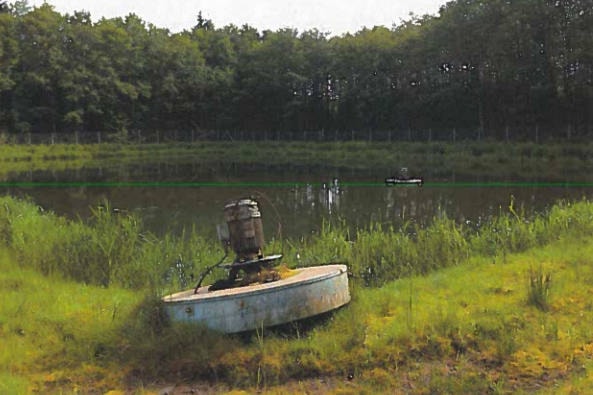An engineering report of Port Clements’ sewage lagoon has detailed a number of mandatory upgrades and repairs needed to bring the treatment facility up to provincial and federal code.
The year-long study follows a warning in September 2017 from the B.C. Ministry of Environment to bring the sewage lagoon into compliance with the Environmental Management Act. Failure to do so was punishable with a fine of up to $1 million.
“The province will be satisfied that we’re working on becoming compliant, but it’s not something we can do overnight,” said village chief administrative officer Ruby Decock. “Last year they said we must do this right away, so we started it right away.”
The village contracted a year-long study from P.S. Turje & Associates out of West Vancouver who submitted its findings to council Feb. 4.
Village records submitted to the engineers show the quality of lagoon effluent, prior to discharge into Masset Inlet, has exceeded limits about 50 per cent of the time since at least 2011.
In the short term the village can bring the lagoon, built in 1979, into compliance with provincial regulations by rebuilding the berm to its original elevation of 22.2 metres, and raising the overflow outlet to increase detention time.
Efficient aeration, a baffle curtain and a floating cover will also be needed to reduce algae growth.
In May 2017, prior to the province’s inspection, village staff identified a failed aerator, which helps dissolves the sewage before discharge from the lagoon. A replacement was estimated to cost at least $28,000. The other costs are not yet known.
This month’s engineering report suggests that meeting provincial requirements would only buy time until additional, more stringent federal regulations must be met. This may include construction of a second lagoon cell with more extensive aeration and filtration. Logistically, this means securing tenure for land, environmental and archaeological assessments and geotechnical investigations.
The village will work further with the engineer to develop a plan.
Decock said the village will look for funding streams to help pay for the continued studies. Once a plan is complete it can then be submitted to the federal government to cover all costs for implementation under the Canada Infrastructure Program.
Decock would not speculate either on the costs or a timeline, but said more details will be forthcoming.
“There’s not going to be a solution overnight,” Decock said. “And it’s going to be costly after he [the engineer] does his studies…these improvements are not cheap.”
